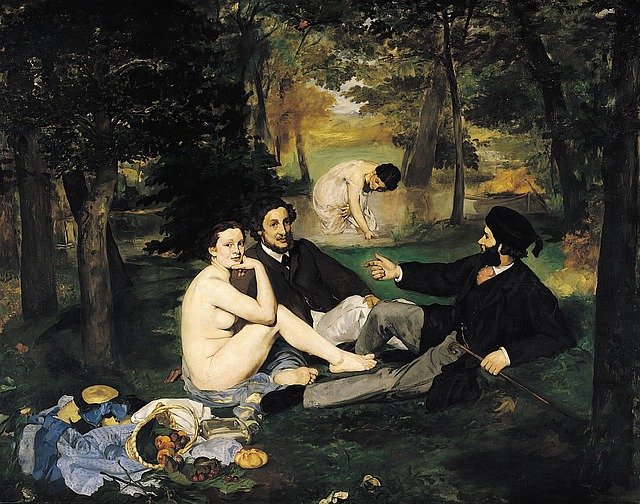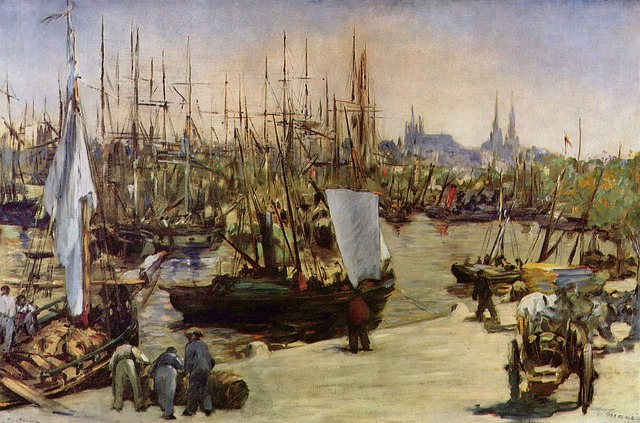
In impressionism, primary colors predominate.
Impressionism is an art movement that emerged in the 19th century, mainly linked to painting : Impressionist painters portrayed objects according to the impression that light produces to the eye and not according to the supposed objective reality .
The Impressionist movement developed in France and later spread to other European countries. When capturing light in paintings , the identity of that which projected it was left aside.
Characteristics of impressionism
Impressionism shows a preponderance of primary colors , used without mixing. Dark tones, on the other hand, are not common. In this regard, it is worth mentioning that the Impressionists postulated the principles of chromatic contrast, which assume that each color is relative to the colors that surround it.
Impressionist artists, on the other hand, often painted without the intention of hiding fragmented brush strokes. In this way they demonstrate how, under certain conditions, perspective allowed different unconnected parts to give rise to a unitary whole.
Edouard Manet, Claude Monet, Pierre-Auguste Renoir, Armand Guillaumin y Edgar Degas son algunos de los máximos exponentes de la pintura impresionista. Cada uno, sin embargo, mantuvo un style personal dentro de las características de estilo compartidas por todos los integrantes del movimiento.

Édouard Manet is one of the most important exponents of impressionism.
The current in music
With respect to impressionist music , it is a current that also emerged in France, at the end of the 19th century. Among the most outstanding composers of this era were Claude Debussy and Maurice Ravel , both French. Centuries before the birth of musical baroque, music had about seven scales, which lost importance over time, until there were simply two: the major and the minor , also called Ionic and Aeolian , respectively.
The post-romantic period arrived and some composers , such as Camille Saint-Saëns and Gabriel Fauré , began to experiment with forgotten scales and with one of the fundamental elements of impressionism: timbre . His tests, however, did not exceed the limits of an adventure that started from curiosity, but had no particular goal.
Already in the twilight of the 19th century, impressionism represented complete liberation on a harmonic and rhythmic level ; Although there were rules and limits, this was an era in which it was possible to question them and seek new musical horizons. The objective of this current was that the ideas could be expressed in a not very direct way, almost as if it were a person's perception of another composition, one that had had well-defined features.
Features of musical impressionism
Let's see below the fundamental characteristics of musical impressionism:
* more freedom in rhythm, offering performers the possibility of modifying the duration of the notes as they wish;
* The modes were used and various variations were presented. Likewise, some modes were created during this period, as Debussy did in his flute piece titled Syrinx . In addition to the classics, a large number of modes that came from different cultures were used;
* experimentation at the timbral level, which represents the most notable aspect of this current. This gave rise to the birth of sounds and effects that had never been produced by musical instruments, directly impacting the sensitivity of the listener.
Impressionist composers sought to break the chains that oppressed music , that turned it into a luxury object, an art for academics; They set out to free it and give it back the spontaneity that should characterize it, those sounds of nature that should adorn it. This does not mean that pre-Impressionist creations are necessarily rigid or colorless; Furthermore, the importance of interpretation should not be underestimated, which can turn a piece into something that not even the author himself had imagined.
